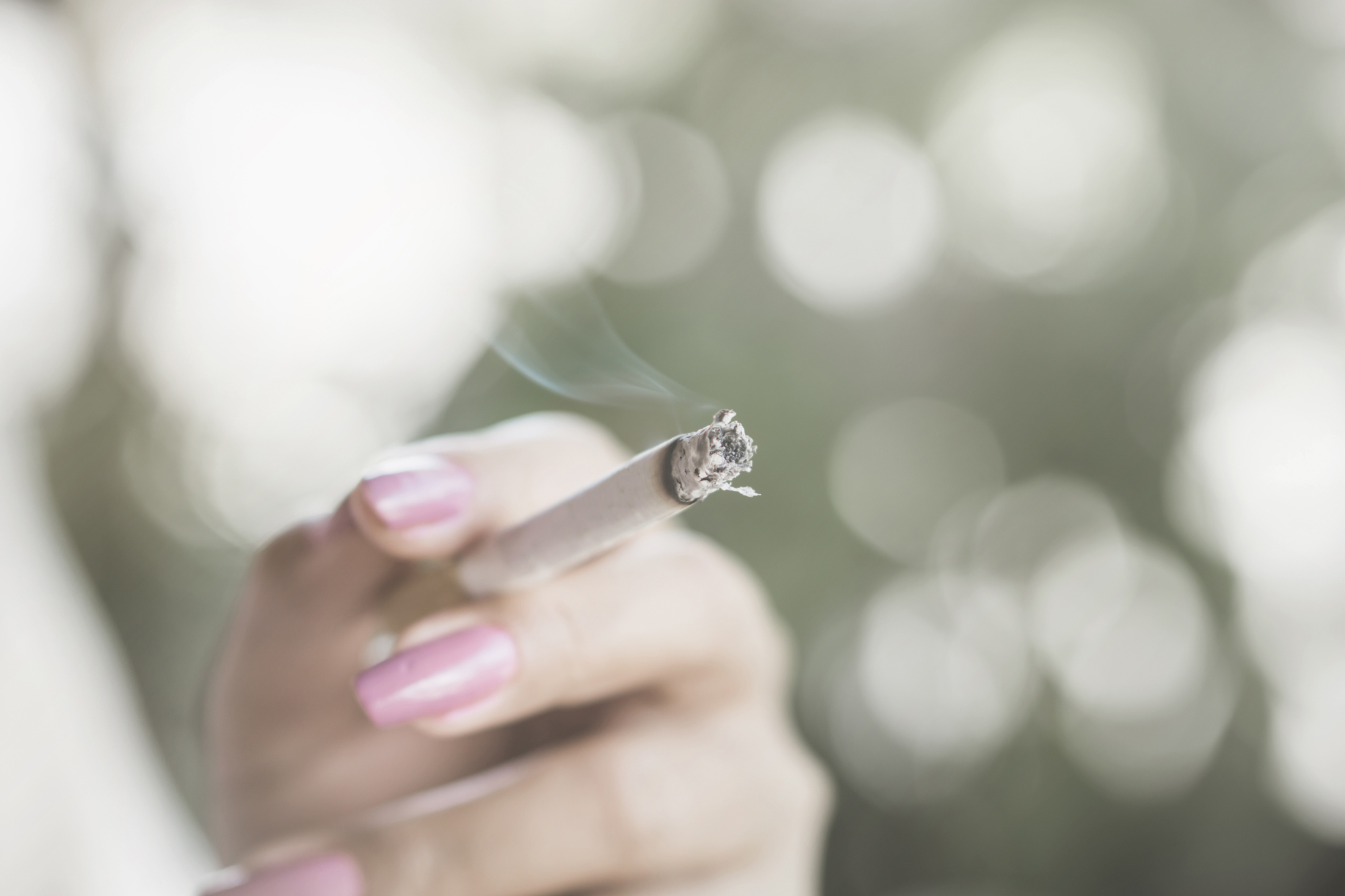“Secondhand smoke” describes the fumes in the air that result from someone smoking tobacco. “Sidestream smoke” (fukuryūen) comes off the tip of the cigarette itself rather than out of the mouth of the person smoking it. Since sidestream smoke is estimated to make up about 85 percent of environmental tobacco smoke, it is the main component of secondhand smoke and, therefore, deserves greater scrutiny.
Such scrutiny has been lacking in Japan, as suggested by freelance reporter Tetsuo Jimbo's reaction to health ministry findings he produced during a recent installment of his web program, “Video News.” The health ministry says that sidestream smoke contains 1.27 milligrams of nicotine, 34.5 milligrams of tar and 148 milligrams of carbon monoxide — the harmful substances in tobacco smoke. In contrast, mainstream smoke, which people inhale when they smoke a cigarette, contains 0.46 milligrams of nicotine, 10.2 milligrams of tar and 31.4 milligrams of carbon monoxide.
Jimbo said he was shocked by these differences. If one of Japan's most knowledgeable journalists admits he wasn't aware of the greater dangers of sidestream smoke, which informs other countries' public smoking bans, then it's likely the average Japanese person isn't aware of them either.

















With your current subscription plan you can comment on stories. However, before writing your first comment, please create a display name in the Profile section of your subscriber account page.